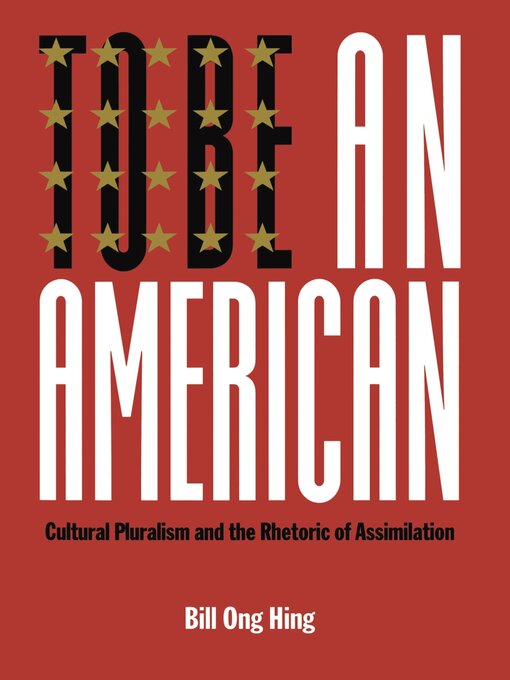The impetus behind California's Proposition 187 clearly reflects the growing anti-immigrant sentiment in this country. Many Americans regard today's new immigrants as not truly American, as somehow less committed to the ideals on which the country was founded. In clear, precise terms, Bill Ong Hing considers immigration in the context of the global economy, a sluggish national economy, and the hard facts about downsizing. Importantly, he also confronts the emphatic claims of immigrant supporters that immigrants do assimilate, take jobs that native workers don't want, and contribute more to the tax coffers than they take out of the system.
A major contribution of Hing's book is its emphasis on such often-overlooked issues as the competition between immigrants and African Americans, inter-group tension, and ethnic separatism, issues constantly brushed aside both by immigrant rights groups and the anti-immigrant right. Drawing on Hing's work as a lawyer deeply involved in the day-to-day life of his immigrant clients, To Be An American is a unique blend of substantive analysis, policy, and personal experience.
- Book Day 2025
- Earth Day
- English Language Day
- 2025 UK Summer Reading Challenge
- British Science Fiction Association awards
- Book of the Year
- International Booker Prize
- 2025 Women's Prize for Nonfiction
- The Arthur C. Clarke Award
- Uplifting Reads to Kickstart Your Year
- Bestsellers of 2024
- Nero Book Awards
- Great Reads from Around the World
- See all ebooks collections
- World Cancer Day
- International Day of Women and Girls in Science
- Magazines
- World Photography Day
- See all magazines collections

